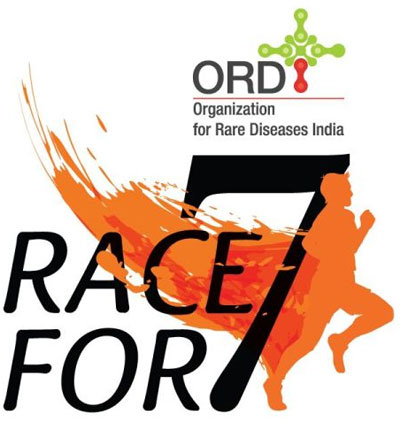In 2022, Novartis invested around $10 billion in overall research and development (R&D) and has already secured 23 approvals in the United States, European Union, China and Japan for new medicines and new indications for existing medicines.
Eyeing the market arising out of unmet need of drugs for rare diseases in India, Swiss pharma major Novartis is investing heavily in its pipeline of rare diseases drugs portfolio, with 17 clinical programs ongoing in India alone.
Rare diseases are defined as life-threatening or chronically debilitating conditions that affect only a small number of patients. In 2022, Novartis invested around $10 billion in overall research and development (R&D) and has already secured 23 approvals in the United States, European Union, China and Japan for new medicines and new indications for existing medicines.
“Novartis has been actively investing in R&D for rare diseases, with a focus on innovative therapies that can address unmet medical needs in this area. We are also conducting 44 ongoing Phase III programs in our development pipeline for rare diseases as well other portfolio. In India, 17 clinical programs are currently running in rare diseases such as spinal muscular atrophy (SMA), Immune thrombocytopenic purpura (ITP), atypical hemolytic uremic syndrome (aHUS), Lupus Nephritis,” Amitabh Dube, Country President and Managing Director, Novartis India told Business Today.
If to be explained, SMA is an inherited genetic disease that impacts nerves and muscles, leading the muscles to become increasingly weak, ITP is an autoimmune disorder where the immune system destroys the blood clotting platelets and the patient’s blood doesn’t clot properly. In aHUS, tiny blood clots are formed in small blood vessels, while Lupus Nephritis is an autoimmune disease where the body’s own immunity attacks its own healthy cells.
“While individually rare, the large number of 6000-8000 rare diseases means that up to 6 per cent of the world population may be affected by a rare disease at some point in their lives. Novartis recognizes the high unmet need and is committed to bringing new medicines to rare disease patients,” said Dube.
“We are consistently expanding our efforts to find potential treatments for rare diseases that includes investing in cutting-edge technologies such as gene therapy, cell therapy, and RNA-targeted therapies that can address the underlying causes of rare diseases. We have also been collaborating with academic institutions, biotech companies, and other partners to identify and develop new therapies for rare diseases,” said Dube, adding that additionally, we are also leveraging our expertise in precision medicine and biomarker discovery to identify patient subgroups who may benefit from specific treatments.
The discovery and development of a new drug, Dube said, usually requires approximately 10 to 15 years from the initial research to bringing a drug to market. This includes approximately six to eight years from Phase I clinical trials to market entry. For rare diseases, the timeline is further stretched due to multiple factors. “The past decade has seen tremendous progress in the development of new drugs for patients with rare disorders, including Atypical Hemolytic Uremic Syndrome, Immune thrombocytopenic purpura, and spinal muscular atrophy (SMA),” he added.
“Novartis continues to work towards improving the understanding of many rare diseases. By doing so, we not only assist patients who usually have limited treatment options but also enhance our understanding of the molecular pathways that govern various diseases,” said Dube.
“This could eventually result in the development of novel treatments for a broader range of rare diseases. From an overarching perspective, the way forward for rare diseases will involve a multi-faceted approach that addresses the gaps in the current system and builds upon current successes,” he said.
While science guides Novartis’s research, Dube called for a favorable policy environment that can support development and access to orphan medicines. An agile regulatory system that considers the challenges of small patient populations, such as difficulties in recruiting enough patients for clinical trials, can result in faster authorization of medicines.
“Specific orphan committees and regulatory fast track models have proven to be effective tools for bringing orphan medicines to approval. Market incentives, such as orphan exclusivity, help compensate for the small number of patients with a given rare disease. Receiving adequate reimbursement in line with the value a new medicine provides to patients, the healthcare system and society ensures healthcare innovation is sustainable in the long-term,” he Dube adding that collaborating across sectors and stakeholders, including patient advocacy groups, research networks, and public-private partnerships, can lead to more effective solutions for rare diseases.
Link for original article: https://www.businesstoday.in/industry/pharma/story/novartis-eyes-rare-disease-market-in-india-runs-17-clinical-programs-377142-2023-04-12



